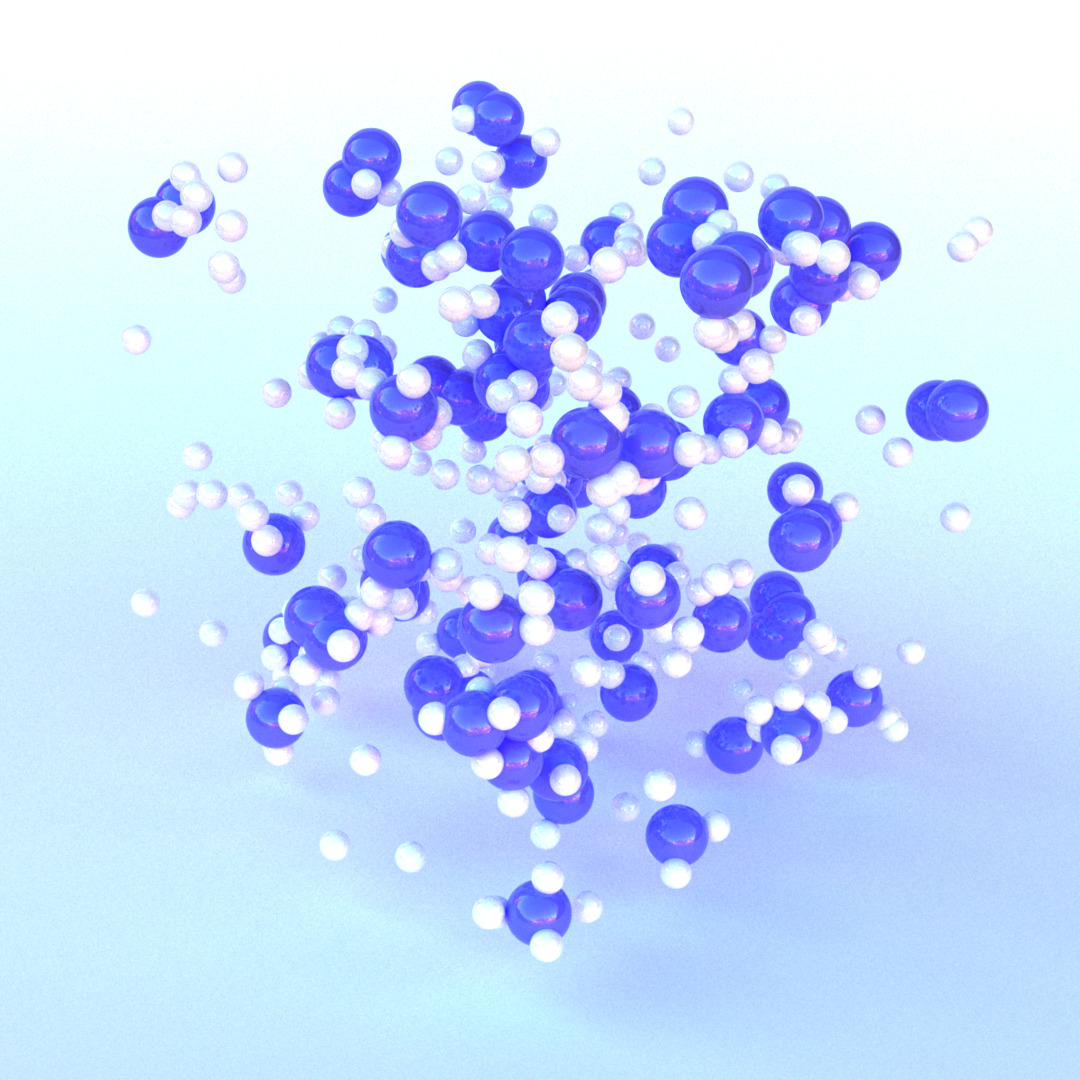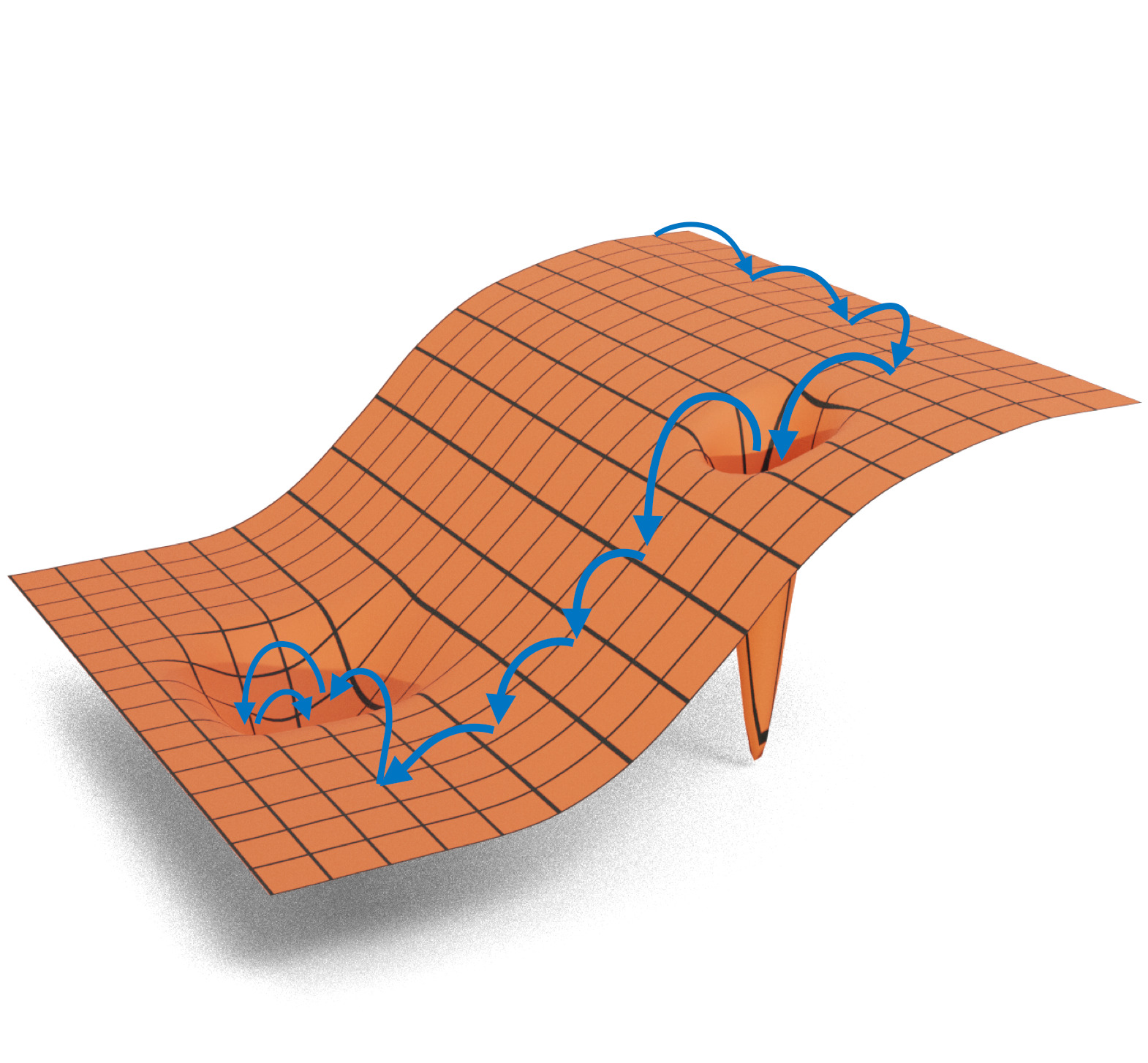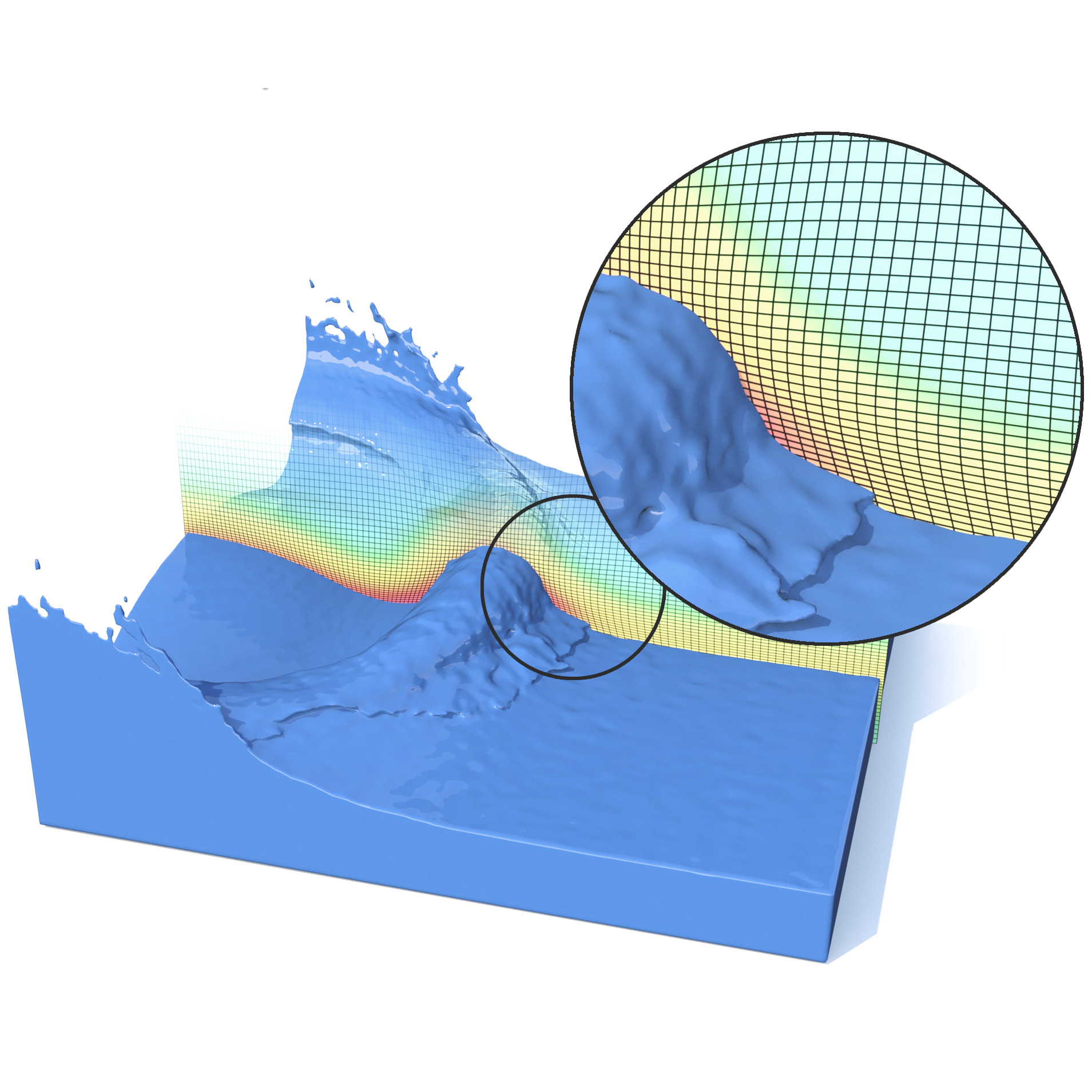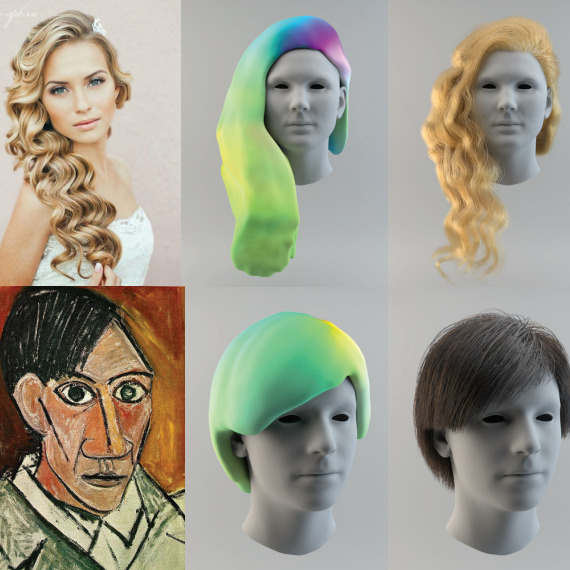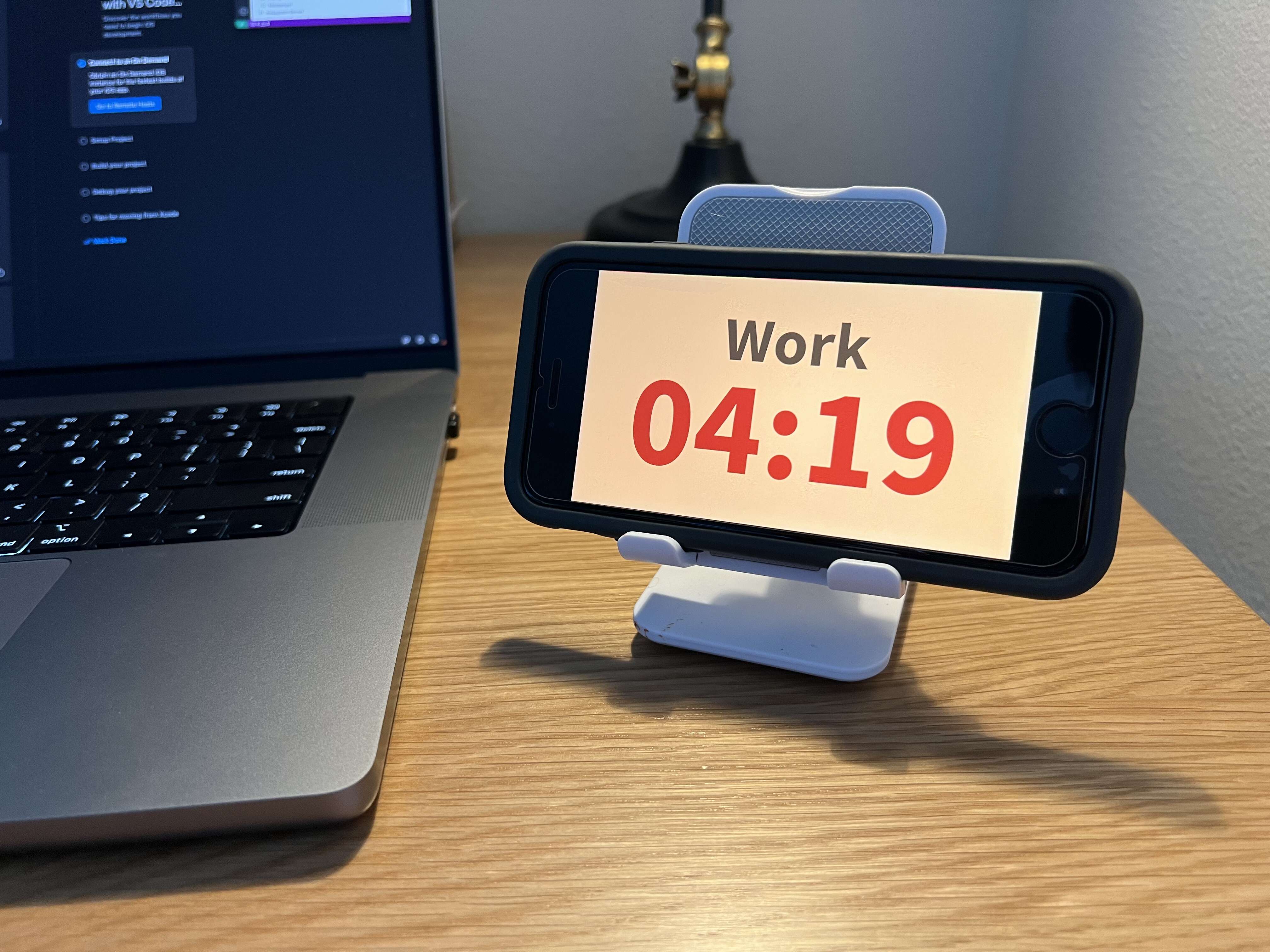Hikaru Ibayashi, Computer Science Ph.D.

Personal Info
Short Bio
I am a Research Scientist at Meta, Instagram org. I earned a Ph.D. degree in Computer Science from the University of Southern California, where my research focused on the foundation of deep neural networks and physic-informed machine learning. Prior to my doctorate, I received my M.S. degree in Computer Science and my B.S. degree in Physics both from the University of Tokyo.
海外留学を考えている方へ
アメリカの大学院への進学に関して聞きたいことなどあれば、是非メールしてください。
Research
Allegro-Legato: Scalable, Fast, and Robust Neural-Network Quantum Molecular Dynamics via Sharpness-Aware Minimization.
Hikaru Ibayashi, Taufeq Mohammed Razakh, Liqiu Yang, Thomas Linker, Marco Olguin , Shinnosuke Hattori, Ye Luo, Rajiv K. Kalia, Aiichiro Nakano, Ken-ichi Nomura, and Priya Vashishta. International Supercomputing Conference 2023. [link]Summary: The Allegro-Legato model enhances the robustness of the Allegro model with sharpness aware minimization, offering molecular dynamics simulation that can accommodate longer simulations.
Why does SGD prefer flat minima?: Through the lens of dynamical systems.
Hikaru Ibayashi and Masaaki Imaizumi. When Machine Learning Meets Dynamical Systems: Theory and Applications 2023. [link]Summary: Stochastic gradient descent (SGD) has been shown to escape from sharp minima exponentially fast even before reaching stationary distribution, providing insight into how SGD finds highly generalizable parameters from non-convex target functions, according to a recent study that uses Large Deviation Theory as a fundamental theory in dynamical systems.
Simulating Liquids on Dynamically Warping Grids.
Hikaru Ibayashi, Chris Wojtan, Nils Thuerey, Takeo Igarashi, and Ryoichi Ando. IEEE Transactions on Visualization and Computer Graphics 2018. [link]Summary: Dynamically warping grids for adaptive liquid simulation provides a fast, flexible, and simple approach to combine the advantages of regular and unstructured grids, achieving practical and controllable spatial adaptivity while still taking advantage of existing highly-tuned algorithms.
3D Hair Synthesis Using Volumetric Variational Autoencoders.
Shunsuke Saito, Liwen Hu, Chongyang Ma, Hikaru Ibayashi, Linjie Luo, Hao Li. ACM Transactions on Graphics, Proceedings of the 11th ACM SIGGRAPH Conference and Exhibition in Asia 2018. [link]Summary: A new method for generating 3D hairstyles using a compact latent space of a volumetric variational autoencoder (VAE) has been proposed, enabling a more robust and efficient approach to handle a wider variation of hairstyles than existing techniques in single-view 3D hair digitization.
Presentations
Essay Comics with DALLE-3
Writings
Others
I'm a Magician
